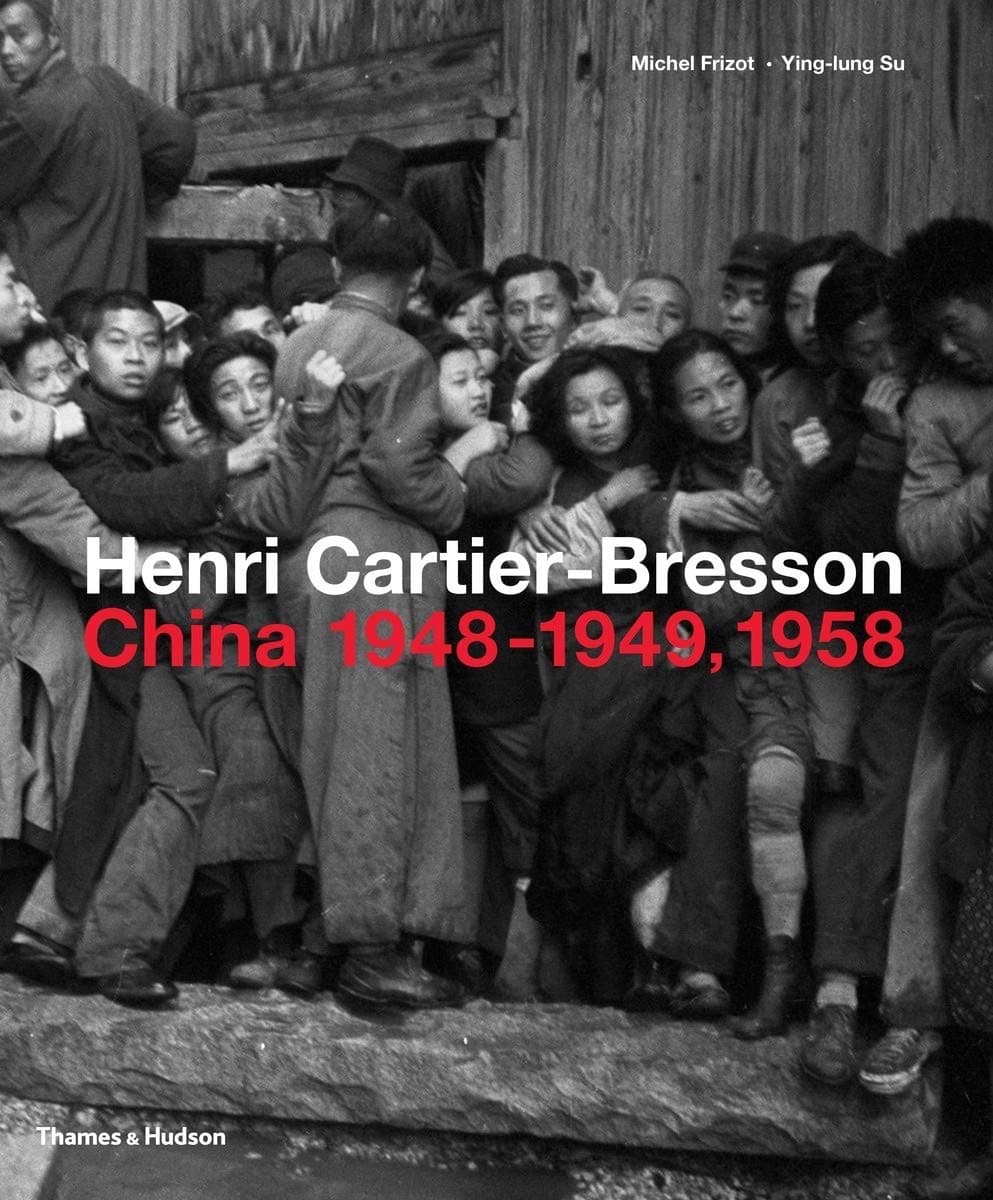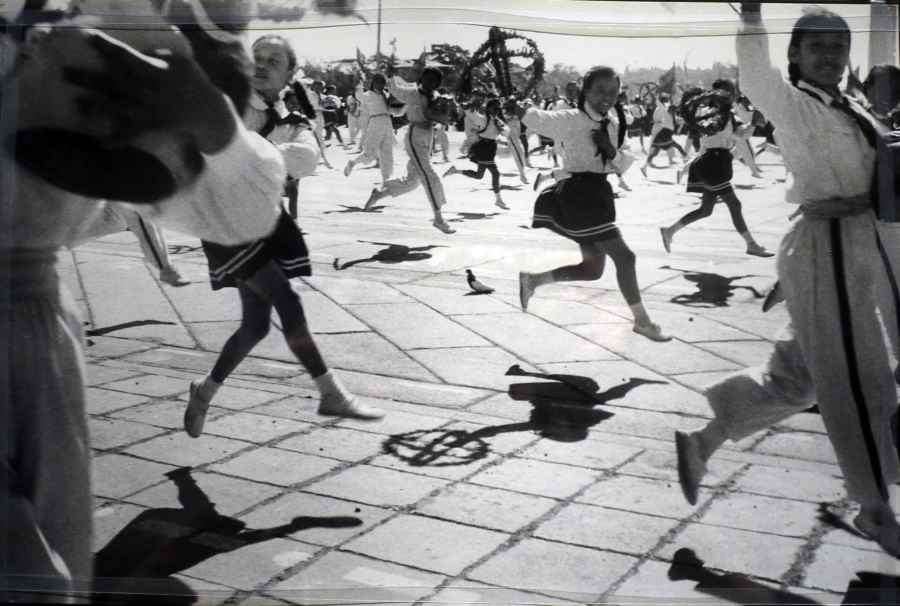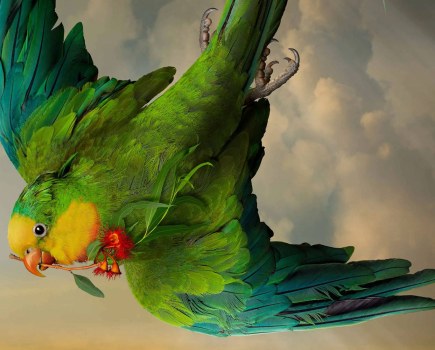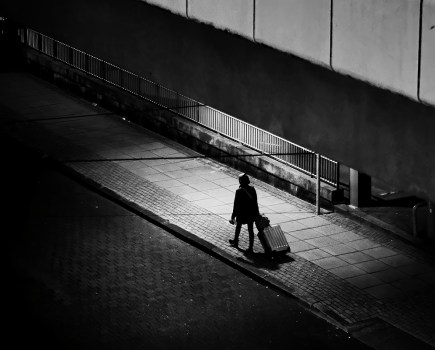While Henri Cartier-Bresson is famous for having a strongly Euro-centric sensibility and choice of subject matter – one of his most famous collections is called The Europeans – he had a great affinity for, and experience of, East Asia.
China in particular proved a rich hunting ground for HCB as he hit his prime as a photographer during some of the most tumultuous events in the Middle Kingdom’s history, including the civil war and Communist victory. Like many left-leaning European intellectuals of his era, he was drawn to the great Maoist experiment to transform this massive, almost unfathomably historic nation. But disillusionment eventually set in as it became clear how much the population was suffering under Mao’s grandiose schemes.

Gold Rush. The last days of Kuomintang, Shanghai, 1948
This monumental new volume from Thames & Hudson includes the greatest images from HCB’s trips to China in 1948-9, and 1958, a period of huge change. I have quite a few books about HCB but haven’t looked at them for a while. Coming to this latest book, I am struck again by his almost supernatural ability when it comes to composition. The iconic Gold Rush in Shanghai (above top), for example, almost seems staged, with the jostling crowd, who are desperately trying to empty their bank accounts before the Communists arrive, carefully choreographed like a still from a movie.
Of course, the shot wasn’t staged at all (the crowd had much bigger worries than keeping some big-nosed foreign devil of a photographer happy). Then there are the less dramatic, but still highly poetic, shots of the denizens of old Beijing, a world with roots in the Qing dynasty which was about to disappear forever.

A local who escorts brides in a sedan chair, Beijing, 1948
Moving into the 1950s we get more shots of happy factory workers and young pioneers, which seem naively optimistic knowing what we now know about the subsequent mayhem of the Cultural Revolution, but again, you can’t fault HCB’s photographic technique and compositional genius. Accompanying the images is a highly authoritative text, co-authored by Taiwanese curator Ying Lung-su to give a wider cultural perspective. This book is required reading for fans of HCB or anyone interested in the history of China – now a global superpower for better or worse.
 Henri Cartier-Bresson: China 1948-1949, 1958
Henri Cartier-Bresson: China 1948-1949, 1958
Thames & Hudson, 288 pages, 978-0500545188, £50 ★★★★★







